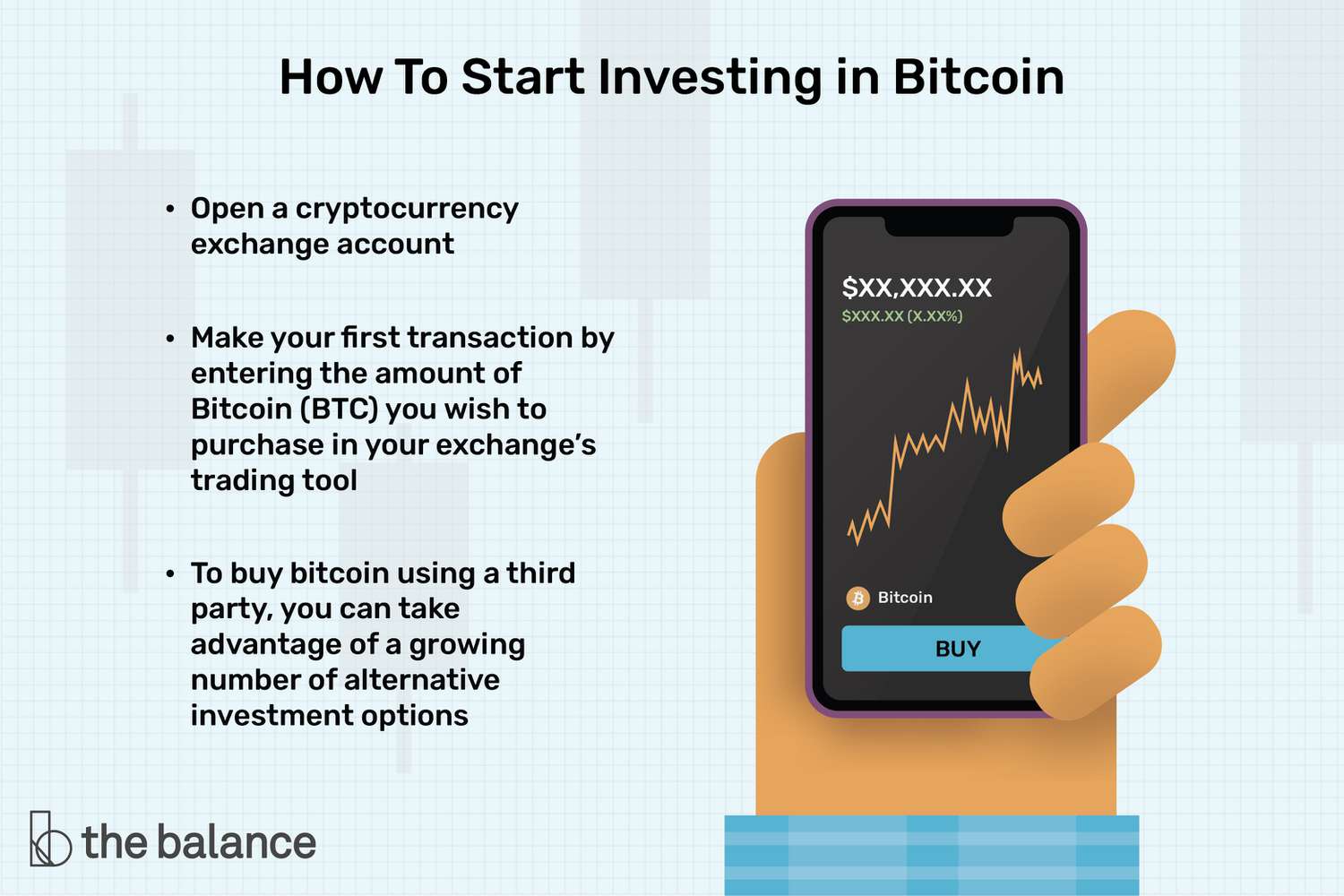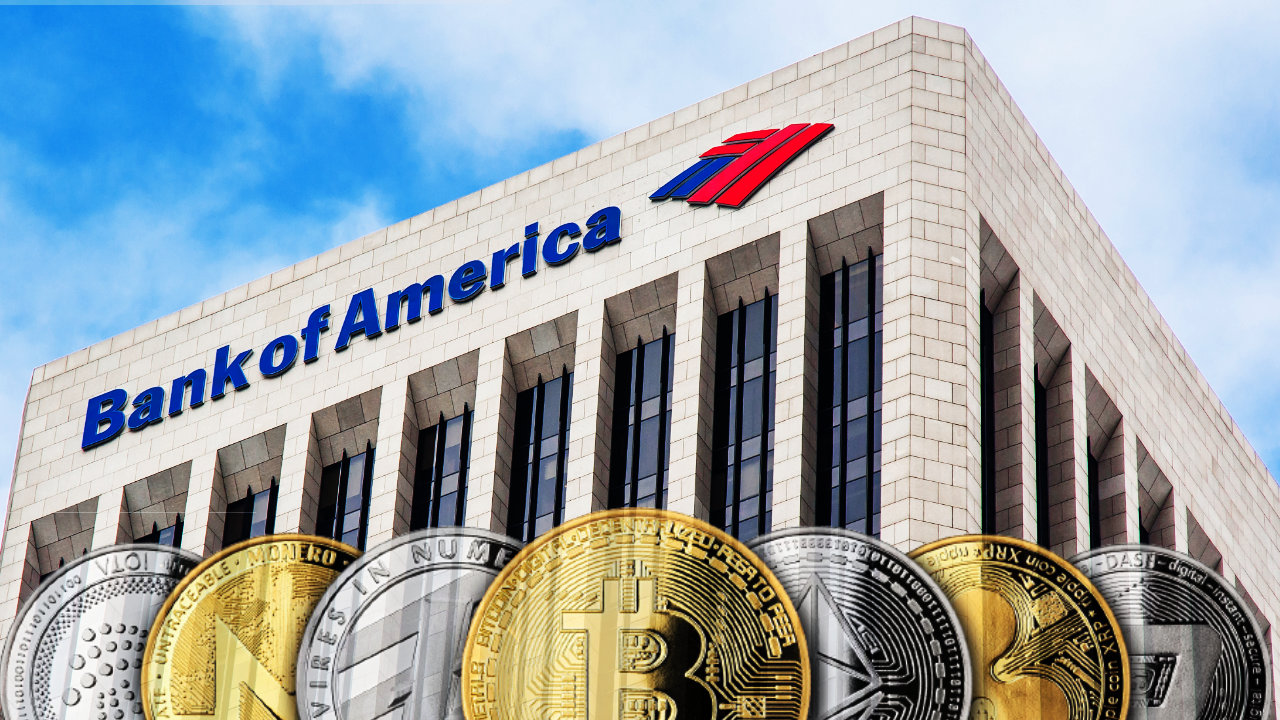
The Chinese Threat: Bitcoin Mining vs. TikTok Controversy
In the realm of digital currencies and national security, the focus has recently shifted from the well-known TikTok controversy to a more subtle yet potentially more significant issue: Chinese ownership of Bitcoin mining operations in the U.S. The House of Representatives’ bill targeting TikTok’s Chinese ownership has raised questions about broader foreign ownership of critical U.S. infrastructure, including Bitcoin mining.
Chinese miners, initially forced to relocate due to a cryptocurrency ban in 2021, have established a significant presence in U.S. mining operations. Chinese companies, leveraging their dominance in hardware supply chains, now own about a third of the U.S. mining infrastructure. This ownership raises concerns about the security of the U.S. power grid, as mining operations often interact closely with energy suppliers.
Anita Nikolich, a lead researcher at Inca Digital, highlights the risks associated with Chinese-owned mining facilities. She emphasizes the potential vulnerabilities that could impact consumers nationwide, especially in light of recent cyber threats targeting U.S. critical infrastructure.
The New York Times investigation further reveals the intricate web of ownership linking Chinese mining companies to the Chinese government, raising alarms about the implications for U.S. national security. State governments, caught between attracting investment and safeguarding critical infrastructure, face a delicate balancing act.
Despite some dismissing concerns as fearmongering, Nikolich recommends proactive measures to counter Chinese dominance in the supply chain and enhance oversight of foreign investments in the energy sector. As Bitcoin mining evolves, with a shift towards AI integration, the need for regulatory vigilance becomes even more critical.
While the TikTok saga captures headlines, the real threat may lie in the shadows of Bitcoin mining operations. As lawmakers grapple with the complexities of foreign ownership and national security, the Bitcoin vs. TikTok debate unveils deeper layers of geopolitical and technological challenges.
The Evolution of Cryptocurrency: From Satoshi Nakamoto to Altcoins
Delving into the history of cryptocurrency, we encounter the enigmatic figure of Satoshi Nakamoto, whose response to the 2008 global financial crisis birthed Bitcoin. Nakamoto’s vision of a decentralized, peer-to-peer electronic cash system laid the foundation for a revolutionary digital currency.
The tumultuous financial landscape of 2008 set the stage for Bitcoin’s emergence, offering an alternative to traditional fiat currencies. Nakamoto’s white paper, circulated among cryptography enthusiasts, heralded a new era of financial innovation.
The launch of the Bitcoin blockchain in 2009 marked a pivotal moment in the history of money. Nakamoto’s symbolic message embedded in the genesis block underscored the disruptive potential of cryptocurrency.
As Bitcoin gained traction, altcoins emerged, diversifying the crypto landscape. Litecoin’s introduction in 2011 by Charlie Lee signaled a new chapter in digital currency evolution. The subsequent rise of exchanges and ETFs expanded the accessibility and utility of cryptocurrencies.
Looking ahead, the legacy of Nakamoto’s creation continues to shape the crypto industry. From the genesis of Bitcoin to the proliferation of altcoins, the journey of cryptocurrency reflects a dynamic interplay of innovation, regulation, and market forces.















